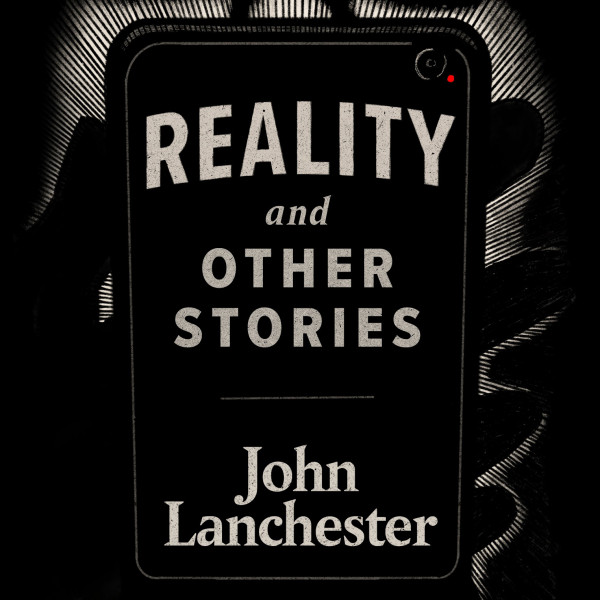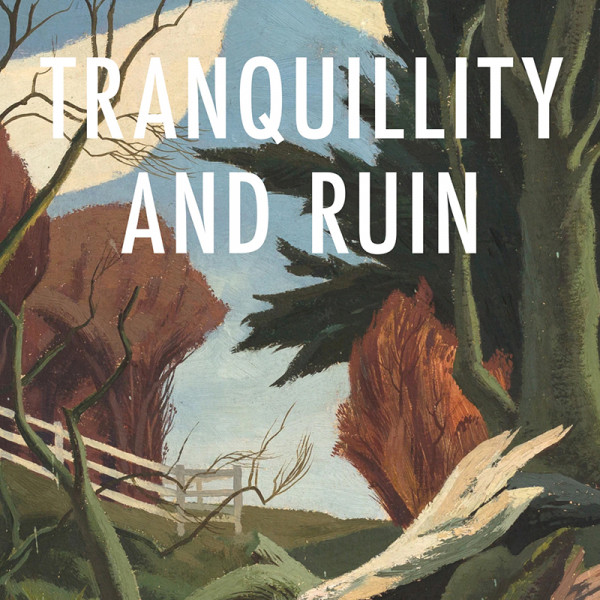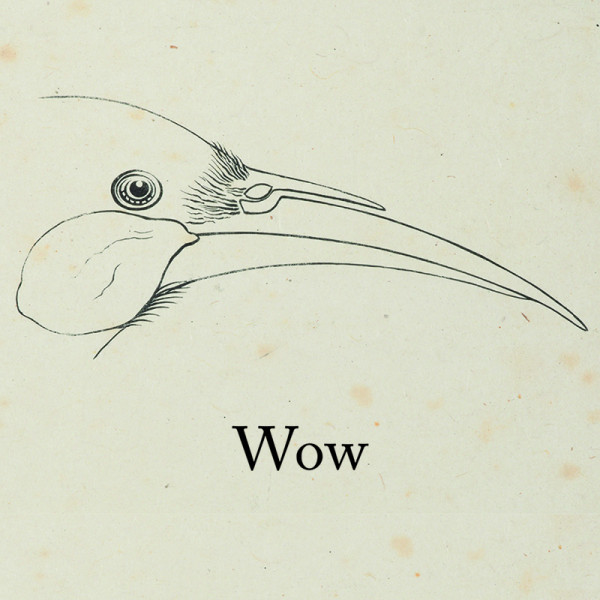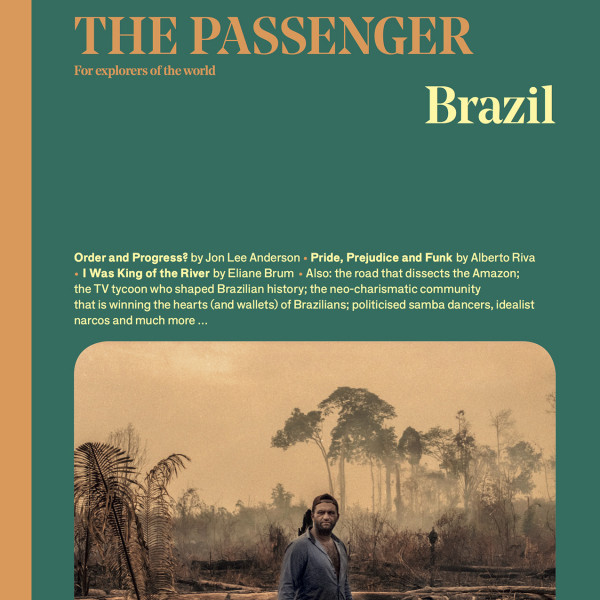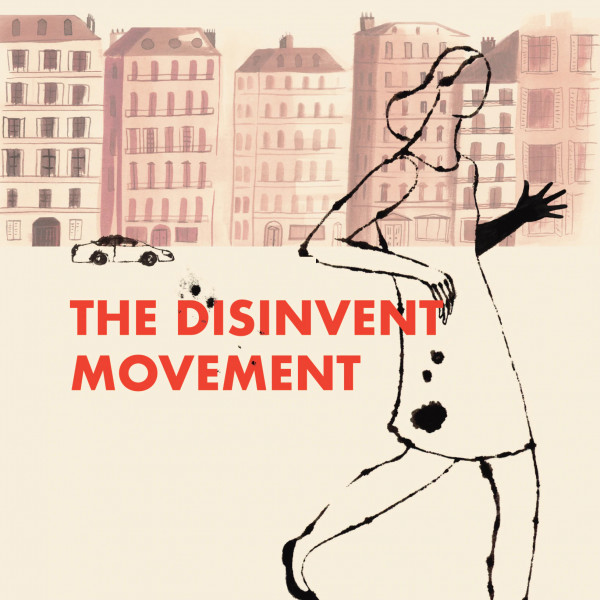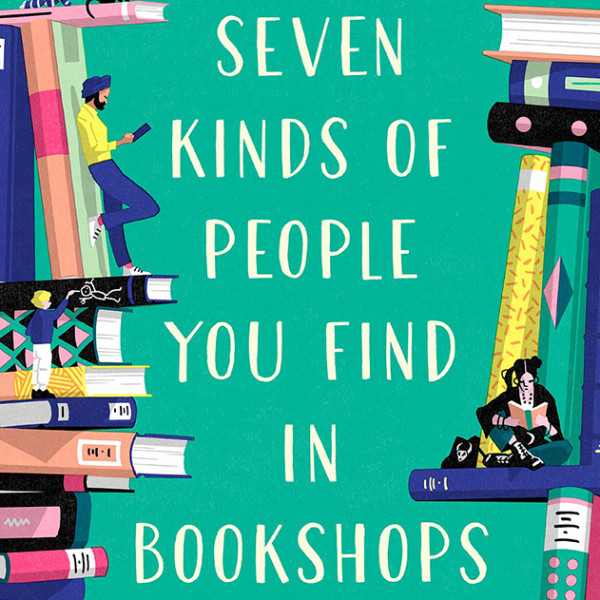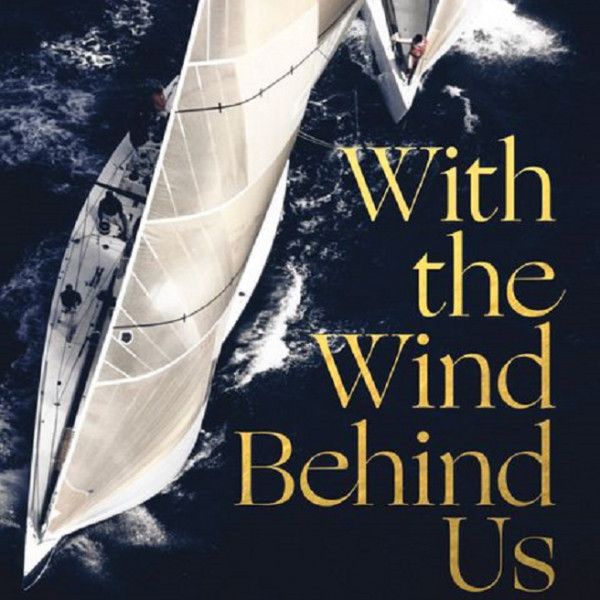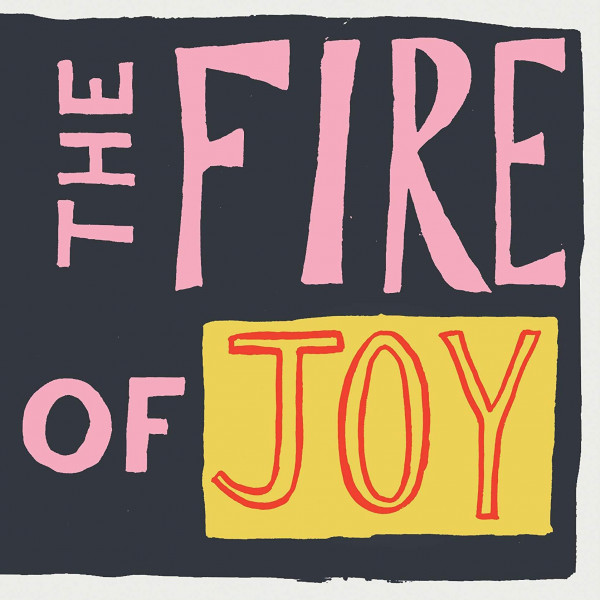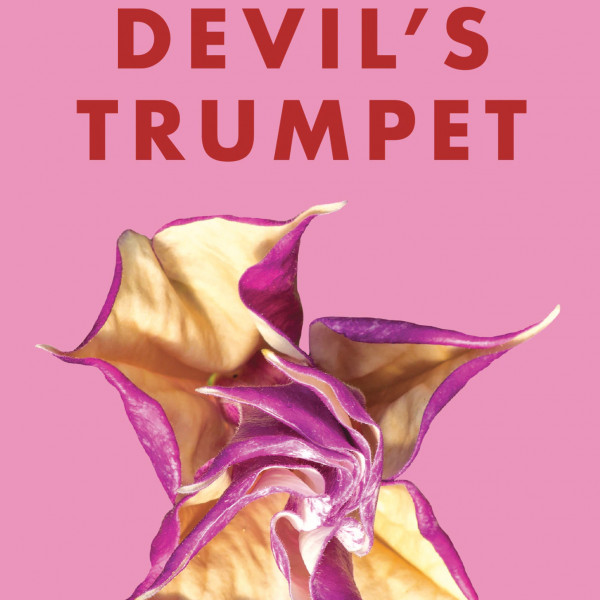
From famed poet and author Tracey Slaughter comes Devil’s Trumpet, a triumphant collection of short stories that harmoniously mixes poetry and narrative writing to create something that I think is unique.
Each story is wonderfully imaginative, engaging the reader and keeping them hooked until the very end. Some will break your heart, others will intrigue you, but all of them command your attention.
Slaughter has done an amazing job here; I felt that each tale had a deeper meaning to it, and there were times when I found myself doubling back to find it. She has this ability to subvert your expectations completely and make you think about what she is trying to say rather than focus on the plot. These are not straightforward stories with a beginning, middle, and an end. I had no idea how they would conclude until the very last page.
Be warned though, her works are not going to be for everyone. She goes into some pretty dark places that can hit fairly close to home. From a wife’s cancer to cheating spouses and marriages falling apart, Devil’s Trumpet takes these stories and somehow finds a certain type of beauty lurking beneath them.
For those unfamiliar with Slaughter’s work, her writing style can come off as a bit of a mystery. If I had to describe it in just one word, I would call it lyrical, but the truth is that ‘lyrical’ doesn’t even begin to scratch the surface of what’s on offer here.
Devil’s Trumpet leans heavily into the realms of poetry, so if you’re not a big fan of the form, I have a bad feeling you’ll lose interest before you really get started without giving Slaughter and the book a chance to work their magic on you. That would be a huge mistake in my opinion because, with a bit of perseverance, there really is a huge amount to enjoy here.



